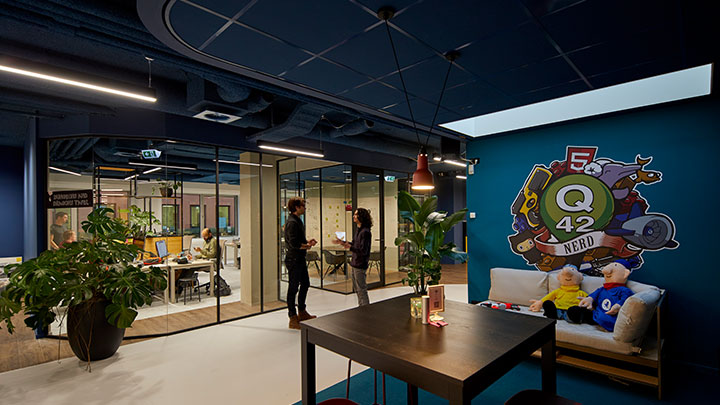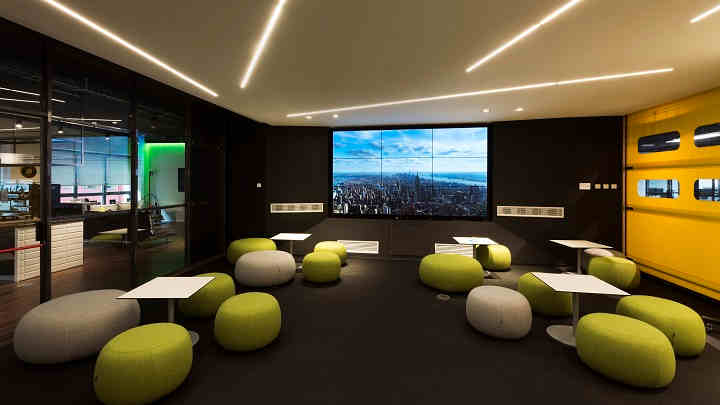As a smart office solution showcase, the new building allows Atea to demonstrate to customers what they can do with a converged infrastructure. But because the building also houses Atea’s Stavanger workforce, the company must maintain something of a double focus: employee comfort and productivity is as important as showcasing multiple smart solutions and how they can be integrated.
Atea smart buildings director Espen Riska notes that smart technology can be embedded into an office environment in a way that supports both employee well-being and operational efficiency only if planned for from the earliest stages. “You have to be in that drawing process, you have to be in the architect’s mind, and you have to be really prepared to meet new issues along the way,” Riska advises.
Now that the building is open and occupied, Atea brings potential customers in on a regular basis, to see for themselves how smart buildings can be configured, maintained, and managed. More people visited the new building in six months, in fact, than had visited the old Atea building in over ten years.
Installing systems in their own building also allows Atea to evaluate and test systems in a real-world context that can’t be replicated by a simulation or a prototype. The building is designed to allow for experimentation with different solutions, which can be rapidly upgraded or restructured to improve and verify effectiveness.
“The technology is developing constantly, and we wanted the newest technology available,” says senior network engineer and system architect Pål Bjelland. These new technologies include a personal control app for the lighting system, a highly accurate indoor location system, multisensors, and even Li-Fi for lightbased, high-bandwidth wireless communications. Making improvements will be an ongoing process, as technologies continue to evolve and as Atea’s understanding and experience continue to deepen.

Open APIs that make a real difference – Q42
Interact Office, the LED-connected lighting system, is a great basis for building applications that contribute to a pleasant work environment and lead to better performance in the workplace.

Data and insights – smart office
Deloitte Milan installed a smart and flexible lighting solution that provides real-time and historic data to enable data-driven decision making and improve employee comfort and productivity.